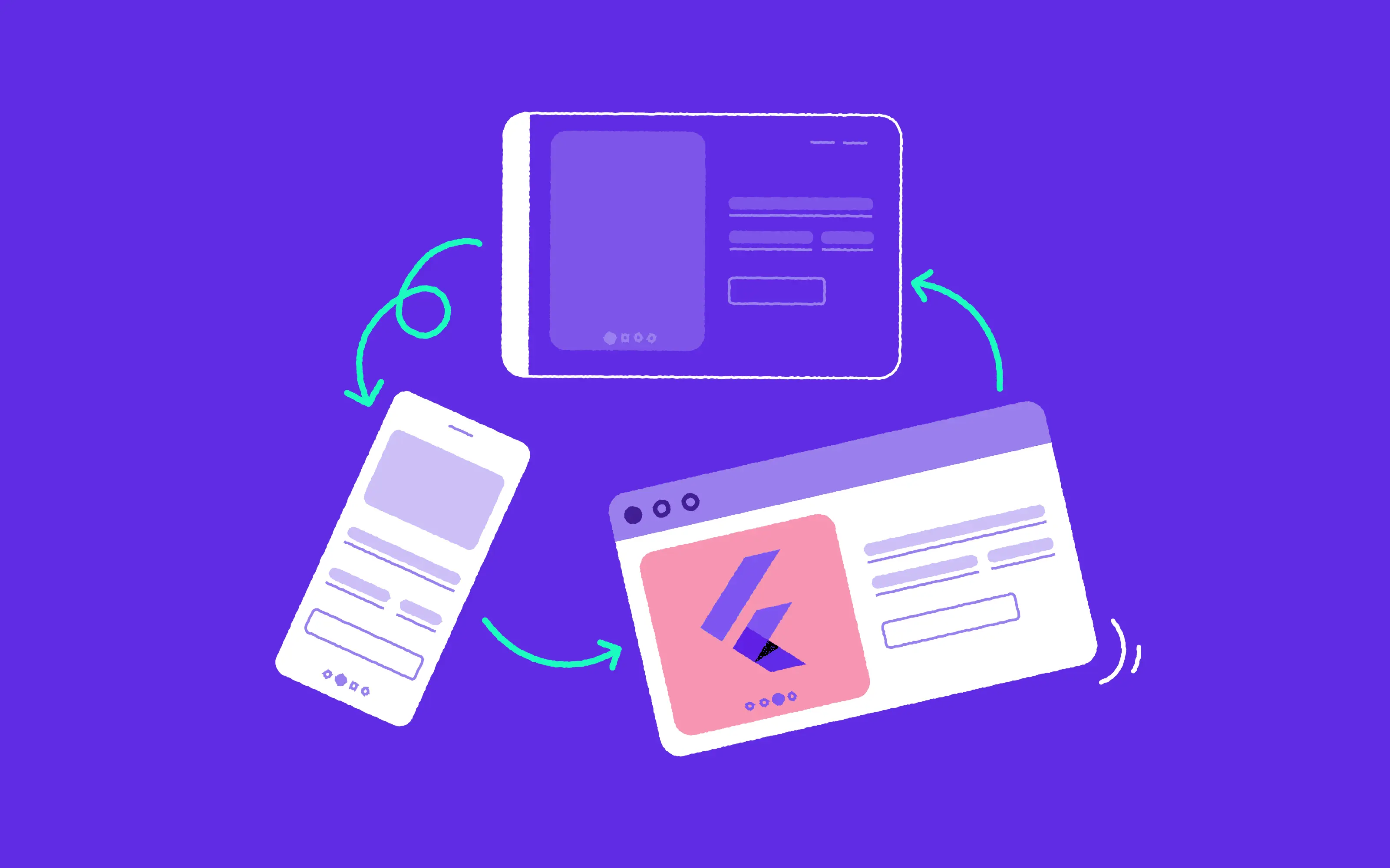
We know that React Native and Flutter are currently top when it comes to mobile cross-platform development frameworks, and as we have used both of them for different projects, we often get asked which is better for business. Whilst there is no easy answer to this question, we are well equipped to give you a summary of the benefits and disadvantages of each. We hope that you’ll find the below article informative and useful.
1. A quick overview of both frameworks:
React Native – React Native is an open-source mobile application framework created by Facebook. It is used to develop applications for Android, iOS. It uses single JavaScript codebase and translates it to native views.
Flutter – Flutter is also an open-source mobile application development framework, but developed by Google. It is used to develop applications for Android, iOS. It uses its own drawing engine that creates views from scratch.
2. Time to market
React Native – React Native is a cross-platform solution, so one codebase can be run on both Android and iOS. This saves a lot of development time – It’s safe to assume that writing one codebase for both platforms will take at least 25% less time than writing separate projects for both platforms. Many developers believe that writing React Native apps is easier than writing native applications.When your application is more focused on advanced(native) functionalities such as maps, bluetooth and camera, as opposed to animation heavy UI, then React Native is the right choice for you. It has been around on the market for longer, still has more support from third party libraries than Flutter, and it’s way faster to use available solutions than build them from scratch.
Flutter – Similarly to React Native, Flutter allows for one codebase to be run on both Android and iOS, thus saving roughly the same amount of development time. However, Flutter shines when it comes to custom and rich user interfaces. Because it uses its own drawing engine, we avoid unwanted system defaults that exist on React Native and are more expensive to customize. Also Flutter has multiple UI components built-in, so it makes UI development even faster
3. User experience and stability
React Native – In this case single codebase translates into native views. That means the feeling is more native than in Flutter. But still if we want to be native-friendly we usually have to write components for each platform and only share part of it. On the other hand React Native mostly relies on components written by us or on third party libraries. This means that the native feeling might be lost in this process. In case of stability React Native is still officially in beta, the core parts of the framework are under constant improvements, which results in high maintenance costs during new releases.
Flutter – With one codebase for both platforms, you will only need one UI design prepared by designers. The cross-platform application usually follows Material Design principles, with only small adjustments for different platforms (which Flutter usually handles by itself) or makes the whole UI look custom, with elements based on the best solutions taken from iOS and Android. Flutter also has built-in Cupertino style components which simulate iOS feel, but they are a minority. When we talk about stability it’s worth mentioning that despite the fact that Flutter is officially a stable release, usually third party libraries that we would like to use, are not. And we have to take into account potential maintenance costs of those external libraries.
4. Return on Investment
For both platforms:
The same codebase for both platforms allows you to release app updates simultaneously. This one is hard to achieve when there are separate projects for each. Different availability of developers, or longer implementation on one platform makes synchronizing difficult. The problem grows when an application update also requires changes in a backend infrastructure.
React Native: Since it uses JavaScript as a language of choice there is a possibility to perform Over The Air Updates using Code Push. This is crucial when we want to push something to the users really quickly without waiting for reviews etc.
Flutter: In business React Native is really popular, way more than Flutter, and because of this, developer time is often much more expensive Using Flutter can therefore be a cost-effective way of getting better developers with the same budget.
In summary…
- Your choice of framework should really be driven by the type of app that you’re building and the planned features.
- If your project relies mostly on rich UI and Animations, we recommend Flutter as it will be easier to write, faster to the market and cheaper to maintain.
- If it uses native components, such as maps, camera and bluetooth, we would recommend React Native – currently it still has better maintained libraries to handle those more advanced features, and that would give you significant advantage in time to market.
- If you want complete digital product which includes web and a mobile app with similar features, we would recommend React Native due to the possibility of sharing the code between two platforms.
Looking to create your own project in React Native or Flutter? Want to find out more about our work across a range of different frameworks? Why not drop our experts an email on hello@10clouds.com or visit our website: www.10clouds.com
Photo by Caspar Camille Rubin on Unsplash



